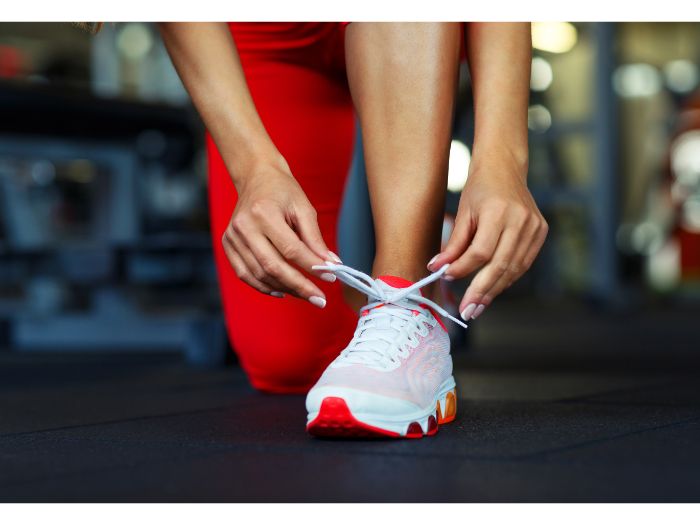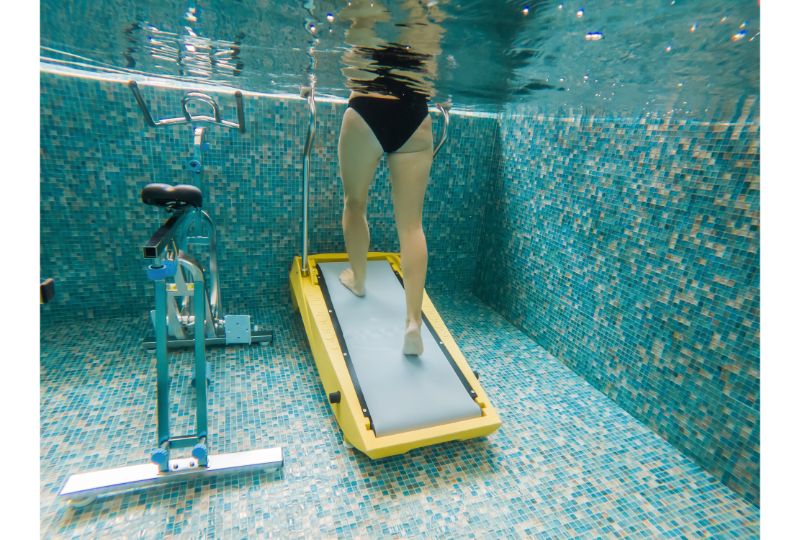How to Select Jogging Shoes
This page contains affiliate links. As an Amazon Associate I earn from qualifying purchases.
When shopping for jogging shoes, it can be very overwhelming for those who don’t know what they are looking for. Running shoes come in many designs and with various types of technology. There are shoes for every type of foot, and each shoe is designed for the appropriate type of foot.
There is no doubt that the most comfortable running shoes are those that fit your feet the best and don’t pinch you in any way. But, what is the proper way of choosing the right shoe for you?
Understand What Pronation Is
During a foot strike, pronation occurs when the foot moves from heel to toe as it rolls. To begin with a neutral or proper foot strike pattern, you would strike using the outside of your heel and then move up to your foot’s ball evenly. By doing this, you are reducing the impact force on your foot.
When you land on your foot too much on the inside, it is called overpronation. You are more prone to overpronation if you have low arches or flat feet.
If your foot is overpronated (supinated) to the outside, you are underpronating. A person with high arches is more likely to underpronate.
Work Out Your Foot Type
The easiest way to find out what type of feet you have is to take the “wet test” to determine your arch height.
For this, you would need to wet your feet and then stand on a piece of paper for between 10 and 15 seconds. As soon as you step off of the bag, you will see the imprint your foot left on it.
If the following applies to you, then you have a normal arch:
On the inner surface of your foot, there is a distinct curve that is connected from the heel to the toe with a band that occupies a little less than half the width of your foot.
The arch of your foot is low if:
You will be able to see most of your foot in the imprint, and you will also note that there is not much of a curve along the inside of your foot.
An arch is high if you have any of the following characteristics:
There is a very distinct curve on the inside of the foot as well as a very thin band on the inside of the foot to link your heel to your toe. There may not even be a connection between the heel and toe of the foot if you have a very high arch.
Know Your Gait Type
As part of choosing the right shoe, it is essential to determine your gait type because you want to choose the shoe most suited to your type of gait.
Gait types can be divided into four main categories:
- An excessive amount of overpronation occurs when your heel strikes the ground first and then rolls inward. The ankle can’t stabilize the body when someone overpronates. Such people typically have flat feet or a low arch. A motion-control shoe is the best shoe type for overpronators.
- A mild overpronation occurs when the heel strikes first from the outside, and when it strikes, the foot then rolls inward to absorb an impact. An individual with a low to medium arch should wear stability shoes.
- If you have a neutral gait, when you step, the center part of the heel strikes first, and the foot rolls inward slightly, absorbing the shock. Neutral gaiters typically have medium arches on their feet. Runners who are neutral in their running style should opt for a neutral cushioned shoe.
- It is important to note that someone who underpronates (supinates) strikes the ground with the outside edge of the heel first, and instead of rolling inward, they remain on the outside of the shoe throughout the entire landing on the ground. When this happens, the foot cannot absorb the impact of the foot strike and will not be able to absorb the impact. Individuals with a high arched foot should consider a neutral cushioning shoe since they have a higher arch.

Choosing a Shoe
You are ready to find the best shoe for your needs. You can determine the type of shoe in two ways.
- Examine its shape first.
- Shoes built on a straight last are motion control shoes. Look at the bottom of the shoe. Motion-control shoes have a wide, straight shape. The shoe is suitable for people with flat feet and overpronators. By wearing this type of shoe, you are prevented from rolling in too far. You will be offered maximum support and will be able to control your step.
- Shoes that provide stability will have a semi-curved shape to them. These shoes provide a good balance of cushioning and support for those with a normal arch and only a slight pronation movement.
- Neutral cushioning shoes have the most curved shape out of all cushioning shoes. For supinators with high arches, neutral cushion shoes are best. These shoes absorb impacts your foot cannot absorb on its own.
- The manufacturers use a wider area to give stability to a shoe, but they also use dual-density foam inside the shoe to prevent the foot from rolling in and maintain a neutral stride.
Once you have checked out the shape, you can try a second method to determine the type of shoe.
A darker color or speckled foam can be found on the inside of the shoe. It is a mild stability shoe if the discoloration is just near the arch. A motion control shoe begins at the beginning of the arch and wraps around to the back of the heel. A neutral cushion shoe has no dense foam on the inside.
Final Thoughts
Now you have all the information you need to select the perfect jogging shoes for your needs and preferences. So all that’s left to do is to choose the shoes that are best for you, lace up, and hit the roads!



